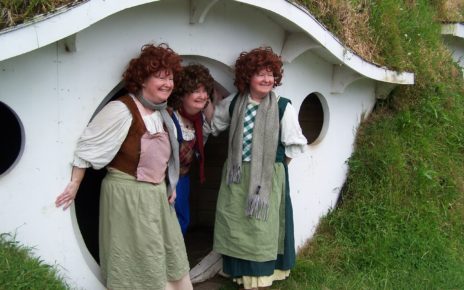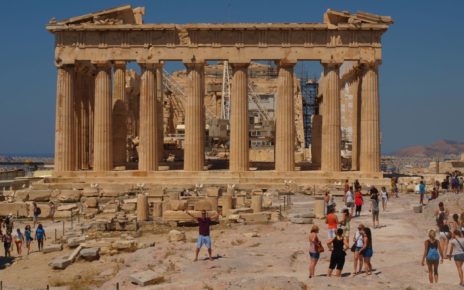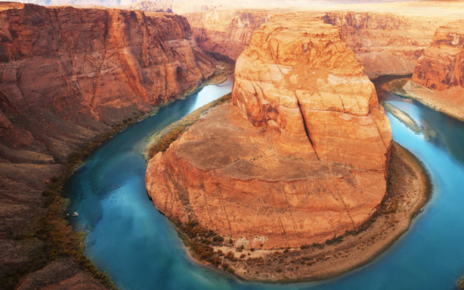If you’re something of a history buff and enjoy learning about the past during breaks away from home, take a look at our selection of some of the world’s best locations for honing your heritage knowledge. From Peru to Belize, we explore some of the most historical sites on the globe.
Caracol Ruins
An awe-inspiring slice of history can be seen in Belize with TrekAmerica. The Caracol Ruins is the name given to an ancient Maya site located in the foothills of the Maya Mountains.
The large settlement came to public attention during excavations in the 1930s, and further digs have unearthed stone slabs called ‘steles’, altars and pyramid-like structures. Temples, tombs and a palace complex have also been unearthed. The size of the ruins and the nature of the findings have led to speculation that Caracol was a powerful religious and political centre in its heyday during the Classic period.
Machu Picchu
Known as ‘The Lost City’, Machu Picchu in Peru was once home to the Incas – an ancient civilisation that occupied the site in the 15th century. Machu Picchu is believed to have been a sacred place, and what remains of the city shows that a number of temples once stood there.
It is believed the site went undiscovered by the Spaniards who conquered the region in the mid-1500s and the city was only revealed in the early 1900s during archaeological digs. UNESCO named Machu Picchu a World Heritage Site in 1983 and it is now a prime target for those enjoying holidays in Central America
Petra
If you’re keen to explore Asia, don’t miss out on visiting Jordan. The Arab kingdom is home to the famous archeaolgical site of Petra – an ancient city cut into the mountainside. Situated on the slopes of Jebel al-Madhbah, the city has been classified a UNESCO World Heritage Site since 1985.
Petra was first discovered in 1812 and excavations since then have revealed dwellings, tombs, narrow passageways and elaborate temples such as Al Khazneh – known as the Treasury – all carved into the rock. You’ll recognise the site from the 1989 film ‘Indiana Jones and the Last Crusade’.
Angor Wat
Another impressive historical hotspot can be found in Cambodia. Angor Wat is an ancient temple complex dating back to the 12th century, built by the king as his own state temple and final resting place.
Said to be the world’s largest religious monument, Amgor Wat was built in an elaborate classical style of Khmer architecture, using sandstone and following the temple mountain construction style, which was a manmade representation of the home of the Hindu gods, Mount Meru.
Although the temple started out with a Hindu denomination, it later became a place of Buddhist worship.
Easter Island
The remote Easter Island in the Polynesian Triangle, off the western coast of Chile, is renowned the world over for its unusual and ancient statues, known as ‘moai’. The structures, which resemble giant heads carved from stone, are monoliths thought to have been created between 1250 and 1500. It is believed that the statues represent ancestors of the Rapa Nui people, who carved the stones.
More than 800 of the monoliths were discovered, many of which can be seen in their original location at Rano Raraku, although others have been moved to new sites around the island’s perimeter.
UNESCO gave Easter Island World Heritage status in 1995.



